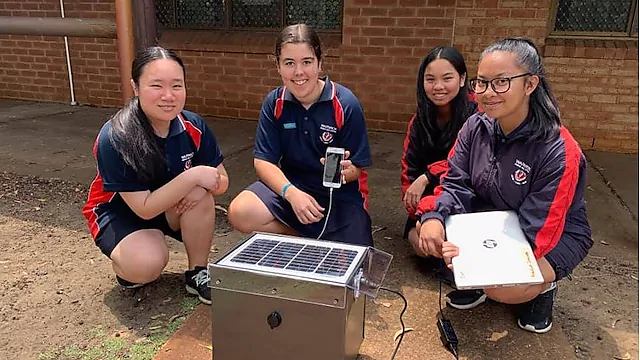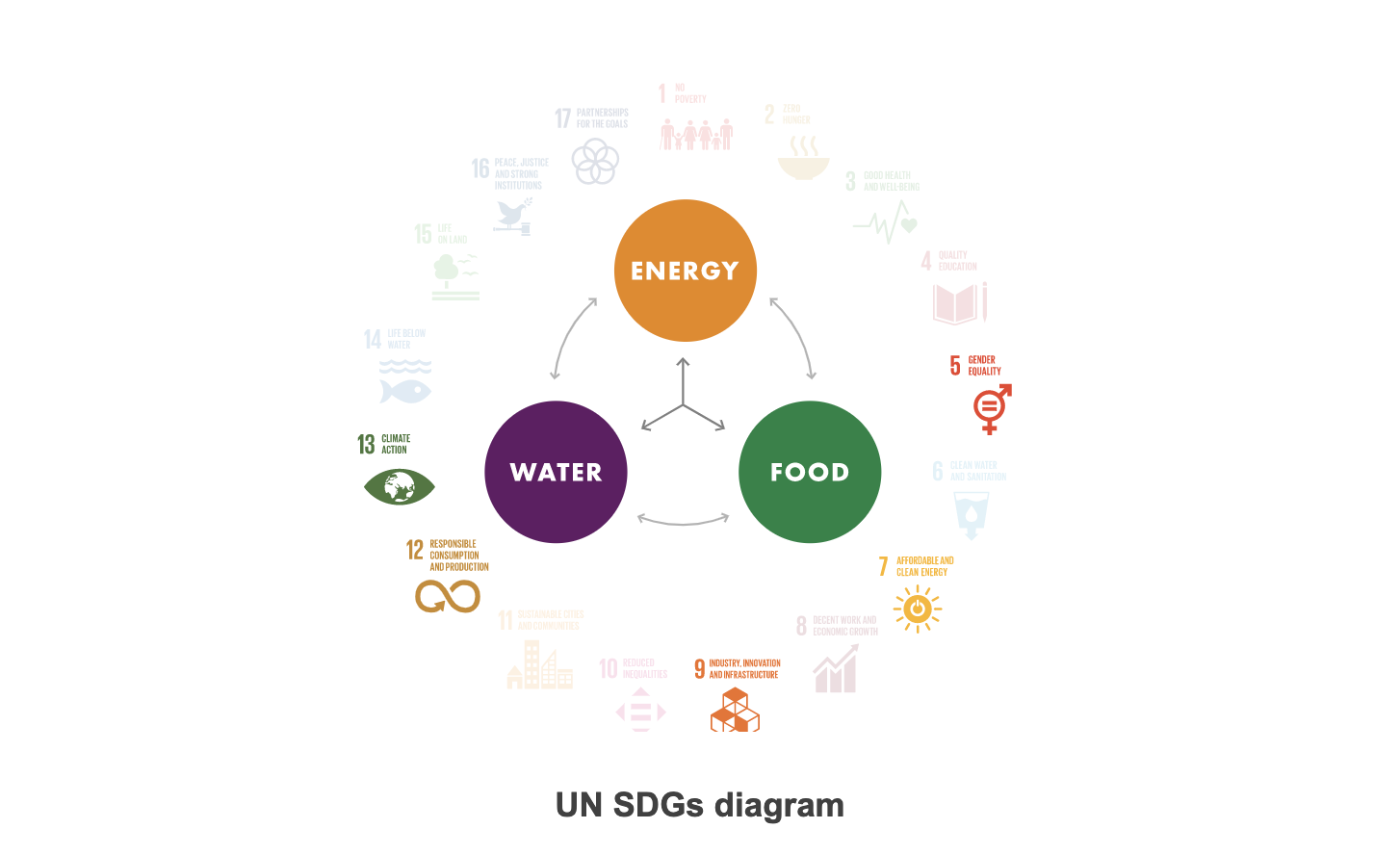NXplorers students from Warwick Senior High School in Perth, Australia, wanted to reduce the amount of paper waste in their school by moving work sheets and test papers onto digital devices. In doing so, they also developed an alternative energy source to charge their devices, reducing the reliance on fossil fuel-based energy in their school community, supporting a cleaner, greener environment for all.
Through the NXplorers toolkit, the students saw how our energy and waste systems are connected. Using NXthinking and the NXplorers tools, the students interviewed their teachers to identify a problem they could solve. Teachers spoke about the large amount of paper that was traditionally used for conducting tests and how much space the test papers took when stored for many years. The teachers supported reducing the amount of paper used in the classroom and for test sheets to be redesigned.
The NXplorers students discovered that digital devices can easily replace paper-based education tools to help reduce the reliance on paper in the classroom. Paper production uses large quantities of water and wood which are both finite resources. By increasing the reliance on digital devices, the students then considered the power source for charging the devices. They discovered that solar energy is an important alternative energy source that can easily replace fossil-fuels and reduce carbon dioxide emissions.

The students wanted to support introducing solar panels as the power-source for their school. Testing the feasibility of their idea, they decided to start by providing solar panels to charge their digital devices. By designing and building a solar powered charging station for their school, the students were able to provide a sustainable and clean energy source for all students to charge their devices before and after school.
The NXplorers students created a greener, cleaner energy source to support the use of digital learning devices that cut the amount of wastepaper used in their school. The solar powered charging station is available for all students to use before and after school and supports a more sustainable future for their community.

Digital devices can easily replace paper-based education tools to help reduce the reliance on paper in the classroom
This NXplorers project reached beyond the classroom as students learned their idea could foster innovation to create sustainable infrastructure for both their school community, and their local community. The project consequently contributes to several UN SDGs including 5, 7, 9, 12 and 13.
5. Gender equality
Achieve gender equality and empower all women and girls
7. Affordable and clean energy
Ensuring access to affordable, reliable, sustainable and modern energy
9. Industry, innovation and infrastructure
Build resilient infrastructure, promote inclusive and sustainable industrialization and foster innovation
12. Responsible consumption and production
Ensuring sustainable consumption and production patterns
13. Climate action
Take urgent action to combat climate change and its impacts.

Diagram of the United Nations’ Sustainable Development Goals numbered in a large circle, each with a smaller diagram below to represent the specific Development Goal. All of the Development Goals are faded, apart from five of them:
5. Gender Equality
7. Affordable and Clean Energy
9. Industry, innovation and infrastructure
12. Responsible construction and production
13. Climate action
Within the large circle there are three circles in a triangle formation reading ‘Energy’, ‘Water’ and ‘Food’, with arrows to show how they are all interconnected.